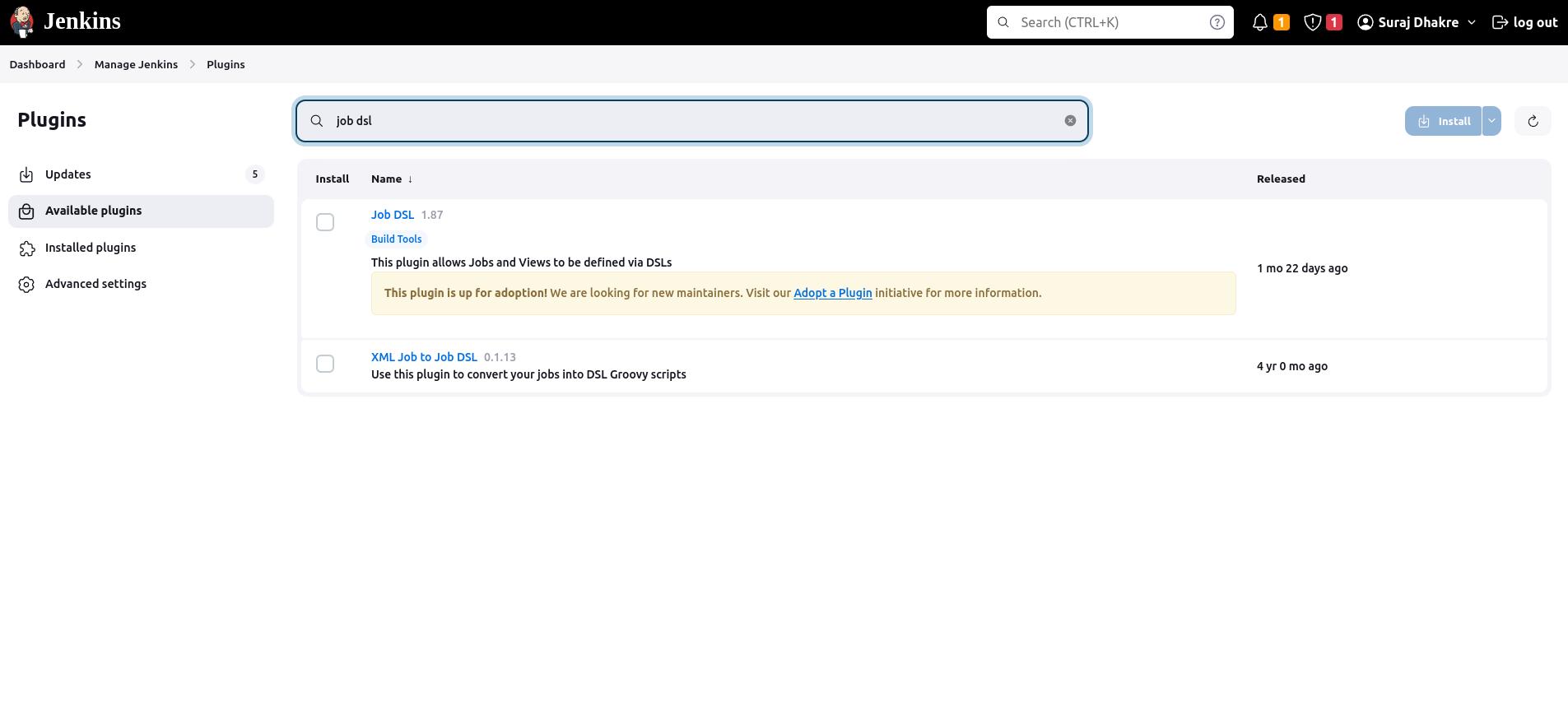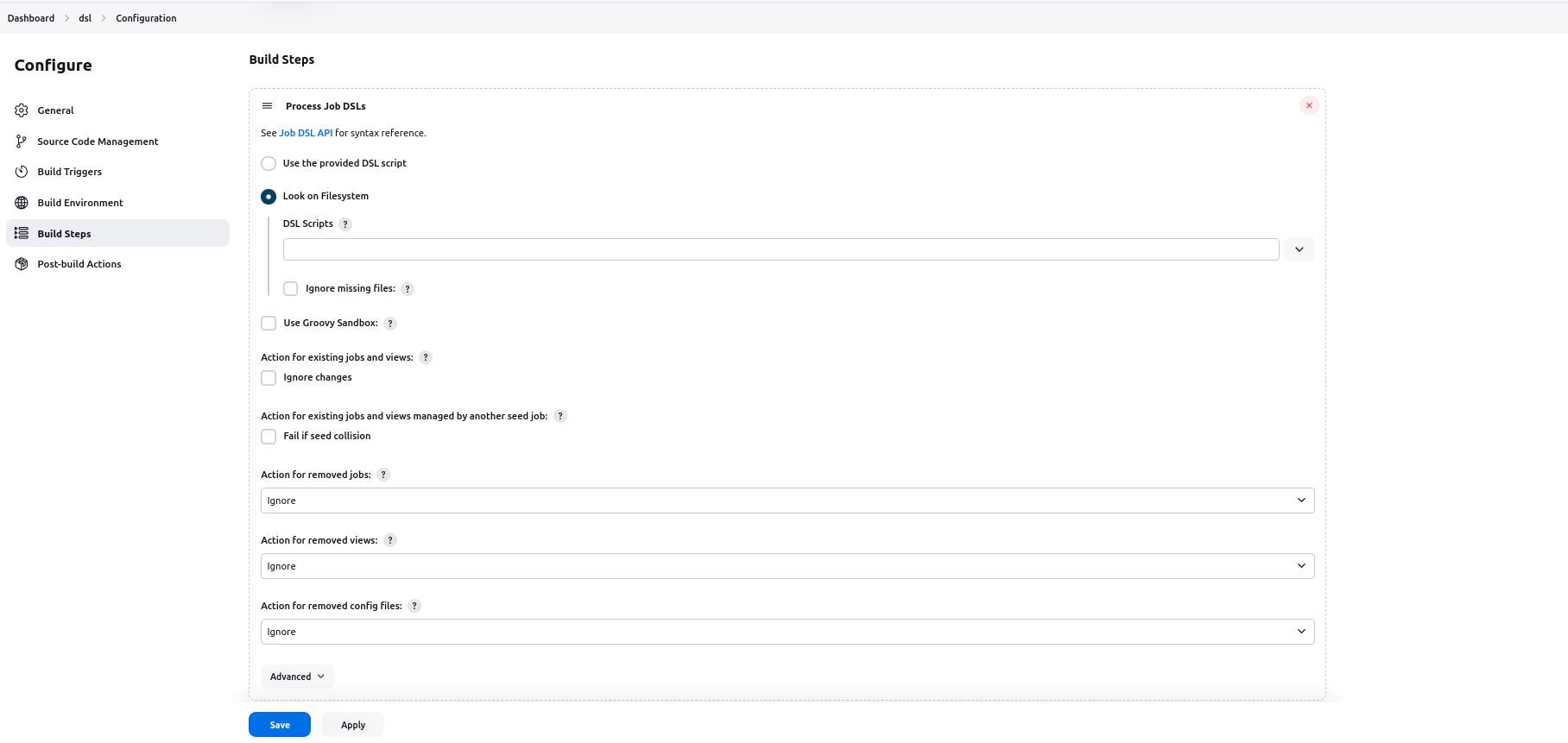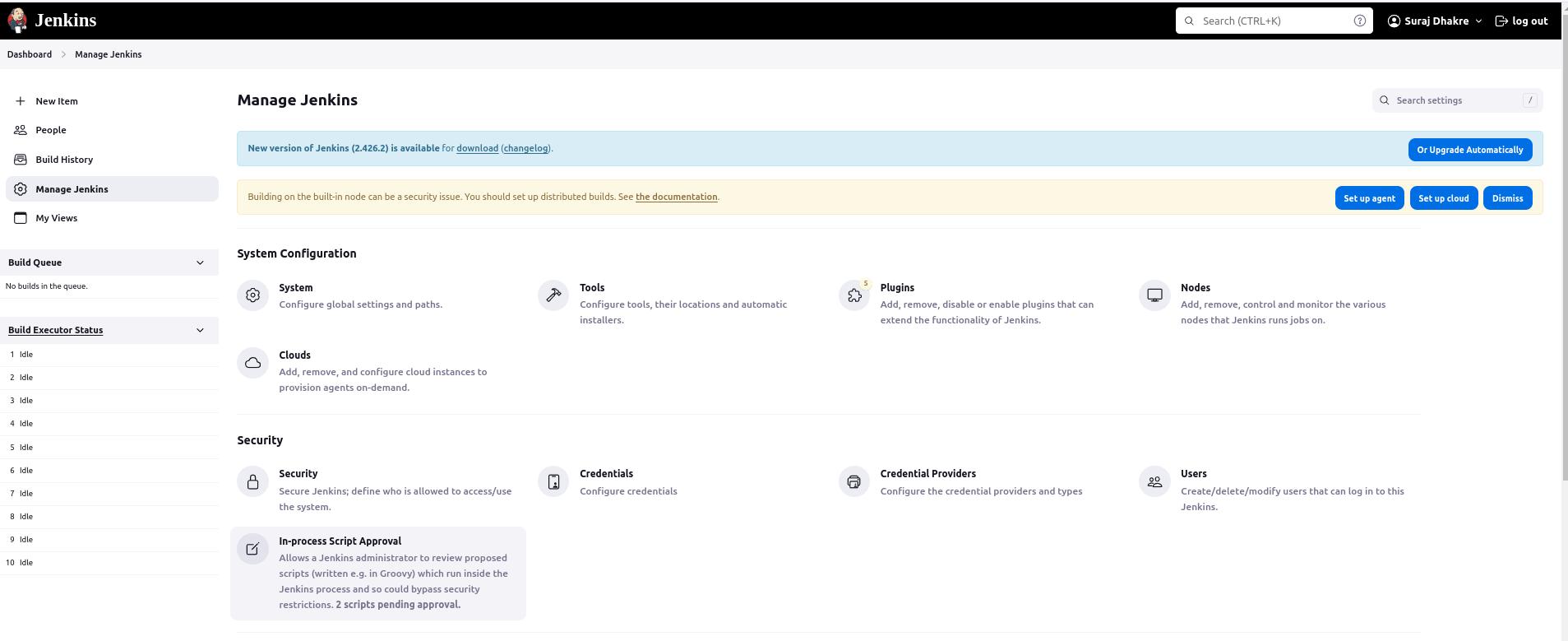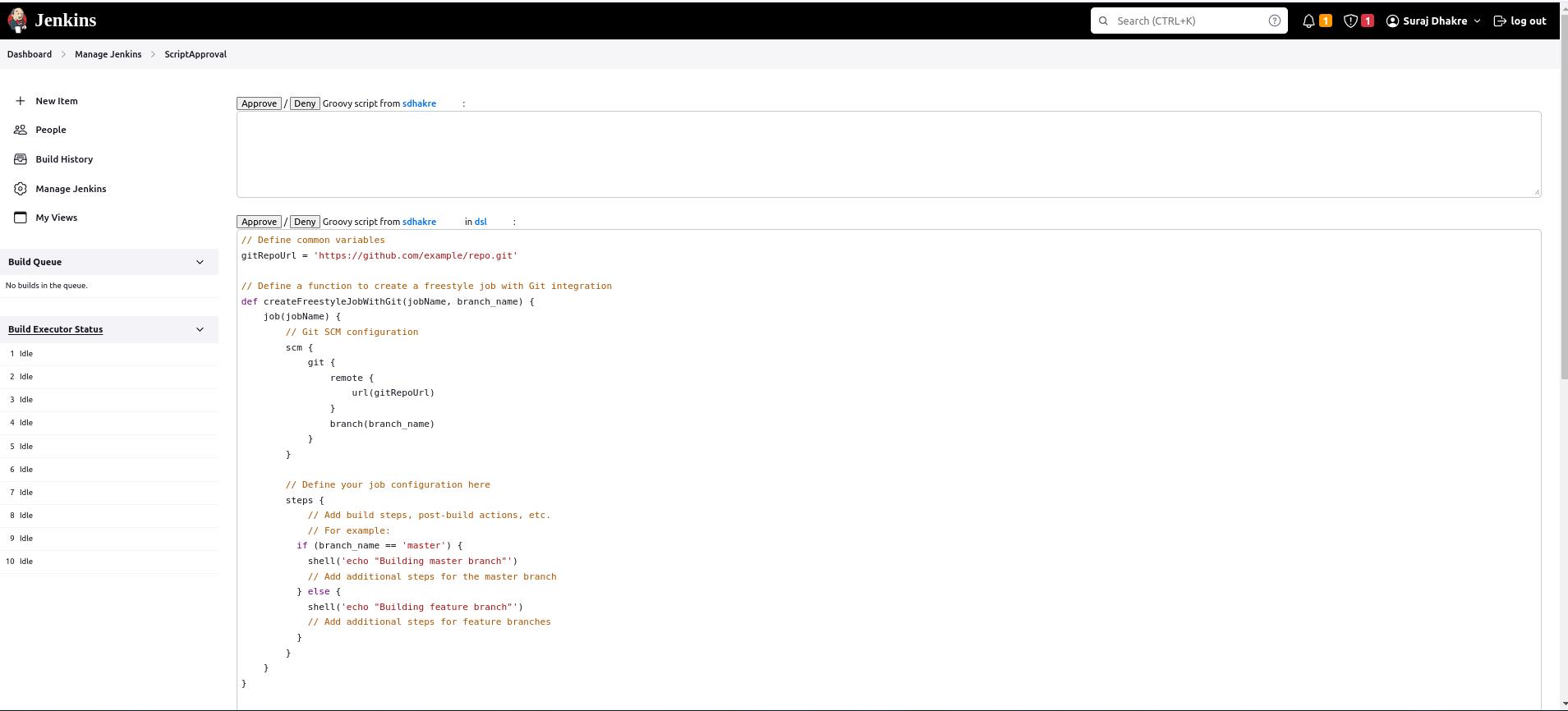Jenkins DSL: How to Write Code to Build Code
Comprehensive overview of Jenkins DSL, including its basics, benefits, setup, writing scripts, advanced techniques etc

Jenkins DSL (Domain Specific Language) is a powerful tool that allows developers to define and automate the process of building, testing, and deploying code. It provides a way to describe the desired state of a Jenkins job or pipeline using code, rather than manually configuring it through the Jenkins user interface.
Understanding the Basics of Jenkins DSL
Jenkins DSL is a domain-specific language that is specifically designed for defining and configuring Jenkins jobs and pipelines. It provides a concise and expressive syntax for describing the desired state of a Jenkins job or pipeline. The code written in Jenkins DSL is typically stored in a file with a .groovy extension.
The syntax and structure of Jenkins DSL code are similar to that of Groovy, which is a dynamic scripting language that runs on the Java Virtual Machine (JVM). Jenkins DSL code consists of a series of statements and expressions that define the steps and configurations required to build, test, and deploy code.
In comparison to traditional Jenkins configuration, which involves manually configuring jobs and pipelines through the Jenkins user interface, Jenkins DSL offers several advantages. It allows for version control of job configurations, making it easier to track changes and roll back to previous configurations if needed. It also enables automation of the entire process, reducing the risk of human error and saving time.
Benefits of Using Jenkins DSL for Code Building
Using Jenkins DSL for code building offers several benefits. Firstly, it increases efficiency and productivity by automating the process of building, testing, and deploying code. With Jenkins DSL, developers can define the entire pipeline as code, which can be easily version controlled and shared among team members. This eliminates the need for manual configuration and reduces the risk of errors.
Secondly, Jenkins DSL provides consistency and standardization in code building. By defining the desired state of a Jenkins job or pipeline using code, developers can ensure that the same steps and configurations are followed every time the code is built. This helps in maintaining a consistent and reliable build process across different environments and platforms.
Lastly, Jenkins DSL offers flexibility and customization options. Developers can easily modify and extend the code to meet their specific requirements. They can define variables, functions, and conditional statements to handle different scenarios and make the code more dynamic. This allows for greater control and adaptability in the code building process.
Setting Up Jenkins DSL Environment
To set up a Jenkins DSL environment, you will need a Jenkins server and the Jenkins DSL plugin. The Jenkins server can be installed on a local machine or a remote server, depending on your requirements. Once the Jenkins server is set up, you can install the Jenkins DSL plugin from the Jenkins plugin manager.

Once the plugin is installed, you can start creating Jenkins DSL jobs. To create a new Jenkins DSL job, go to the Jenkins dashboard and click on the “New Item” button. In the job configuration page, select the “Process Job DSL” option and provide the path to your DSL script. Save the configuration and your Jenkins DSL job will be created.

Writing Your First Jenkins DSL Script
To write your first Jenkins DSL script, you will need to have a basic understanding of the syntax and structure of Jenkins DSL code. A Jenkins DSL script consists of a series of statements and expressions that define the steps and configurations required to build, test, and deploy code.
Here is a step-by-step guide to writing a basic Jenkins DSL script:
- Start by defining the Jenkins job or pipeline using the
joborpipelinekeyword. This will create a new job or pipeline in Jenkins. - Inside the job or pipeline block, define the stages or steps required to build, test, and deploy code. Each stage or step is defined using the
stagekeyword, followed by a name and a block of code. - Inside each stage or step block, define the specific actions or configurations required. This can include running shell commands, executing scripts, triggering other jobs, and configuring build parameters.
- Use variables to store and reuse values throughout the script. Variables can be defined using the
defkeyword, followed by a name and a value. - Use functions to encapsulate reusable code and make the script more modular. Functions can be defined using the
defkeyword, followed by a name, parameters, and a block of code. - Use conditional statements and loops to handle different scenarios and make the script more dynamic. Conditional statements can be defined using the
if,else, andelse ifkeywords, while loops can be defined using theforandwhilekeywords. - Use the Jenkins DSL API to interact with Jenkins and perform actions such as triggering builds, publishing artifacts, and sending notifications. The API provides a set of functions and methods that can be used in your Jenkins DSL script.
Advanced Jenkins DSL Techniques for Code Building
In addition to the basics, Jenkins DSL offers several advanced techniques that can be used to enhance the code building process. These techniques include the use of variables and functions, conditional statements and loops, and integration with Git and other version control systems.
Variables and functions can be used to make the Jenkins DSL script more modular and reusable. Variables can store values that are used multiple times throughout the script, while functions can encapsulate reusable code and make it easier to maintain and update.
Conditional statements and loops can be used to handle different scenarios and make the Jenkins DSL script more dynamic. Conditional statements allow you to execute different blocks of code based on certain conditions, while loops allow you to repeat a block of code multiple times.
Integration with Git and other version control systems allows you to automatically trigger builds and deployments whenever changes are pushed to the repository. This ensures that the code is always up-to-date and that the build process is triggered in a timely manner.
Below is the sample DSL script:
// Define common variables
gitRepoUrl = 'https://github.com/example/repo.git'
// Define a function to create a freestyle job with Git integration
def createFreestyleJobWithGit(jobName, branch_name) {
job(jobName) {
// Git SCM configuration
scm {
git {
remote {
url(gitRepoUrl)
}
branch(branch_name)
}
}
// Define your job configuration here
steps {
// Add build steps, post-build actions, etc.
// For example:
if (branch_name == 'master') {
shell('echo "Building master branch"')
// Add additional steps for the master branch
} else {
shell('echo "Building feature branch"')
// Add additional steps for feature branches
}
}
}
}
// Create five freestyle jobs with Git integration
def jobPrefix = 'MyJob'
def branches = ['master', 'feature/branch1', 'feature/branch2', 'bugfix/issue1', 'bugfix/issue2']
branches.each { branch ->
createFreestyleJobWithGit("${jobPrefix}-${branch.replaceAll('/', '-').replaceAll('[^a-zA-Z0-9]', '')}", branch)
}
Let’s Try to Run Jenkins DSL Code
We’ve successfully created the Jenkins job using the code shared above. When we click the ‘Build Now’ button, the initial result might be a build failure. This indicates that we need to approve the script before proceeding.

To approve the script, navigate to ‘Manage Jenkins’ and select ‘In-process Script Approval.’ Next, click the ‘Approve’ button.


Now, let’s run the job. After the job executes successfully, you’ll notice the creation of new jobs.


In conclusion, Jenkins DSL is a powerful tool for automating and customizing the code building process. It provides a way to describe the desired state of a Jenkins job or pipeline using code, rather than manually configuring it through the Jenkins user interface. By using Jenkins DSL, developers can increase efficiency and productivity, ensure consistency and standardization, and have flexibility and customization options in their code building process. With its ability to integrate with other tools and technologies, Jenkins DSL is poised to play a crucial role in the future of code building in modern software development.
